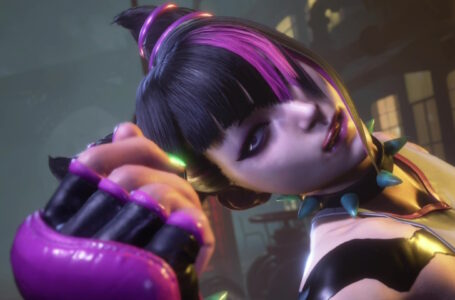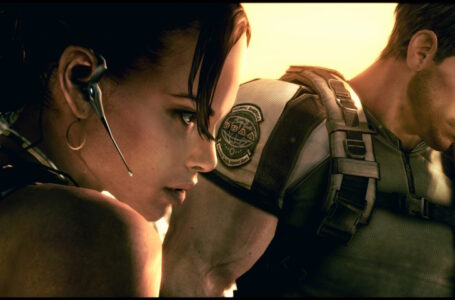Shooting from the hip with Gun.Smoke
Gun.Smoke is a 1985 title from Capcom, and an example of a kind of shoot ’em up we don’t tend to see a lot of any more.
Today, we tend to most commonly associate the shoot ’em up genre with spaceships flying through space or over planet surfaces from either a top-down vertically scrolling or side-on horizontally scrolling perspective. Back in the ’80s, though, it wasn’t at all unusual for forced-scrolling shooters to feature simple humans in the lead role — either flying or simply running along the ground.
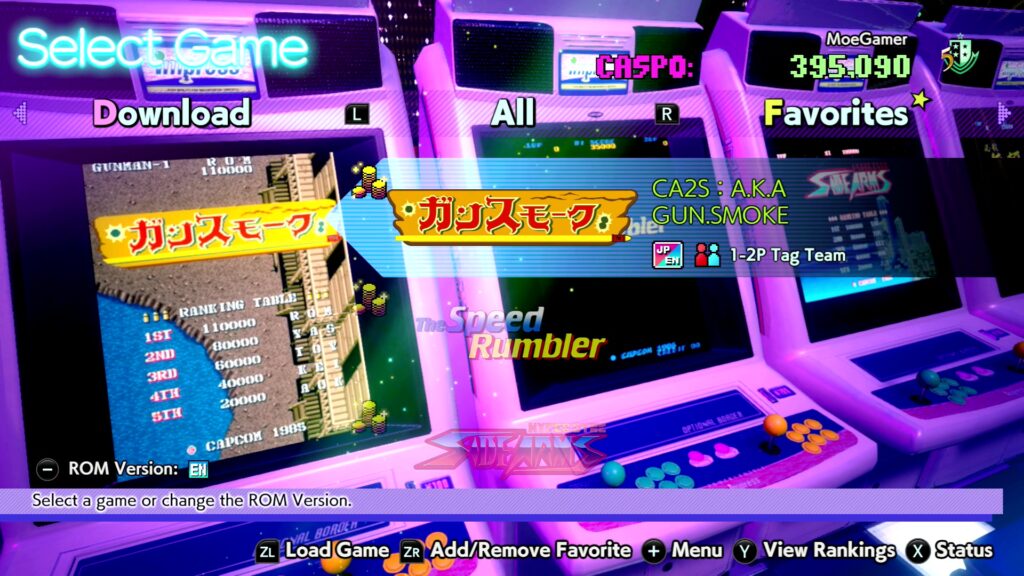
The latter ended up evolving somewhat into top-down run-and-gun titles with a stronger emphasis on exploration (or at the very least progression at the player’s pace) and twin-stick arena shooters — but Gun.Smoke is from before all that. It’s a vertically scrolling shooter in which the player sprite just happens to be a cowboy called Billy Bob, strutting through the middle of town, confident that he’ll be able to take down the inordinately large number of criminals infesting the area.
Gun.Smoke is another title from the mind of the incredibly prolific Yoshiki Okamoto, who was behind most of the other games we’ve previously explored in this series. If you’re joining us for the first time today — or if you just want a refresher — Okamoto is a game designer who started his job at Konami, creating the excellent Gyruss and Time Pilot, before moving on to Capcom to produce a huge variety of absolutely excellent arcade games over a long period.
Okamoto’s most well-known work includes 1942, Final Fight and Street Fighter II, but Gun.Smoke is a particularly noteworthy entry in his portfolio, because it indirectly led to the creation of the Red Dead franchise now owned by Rockstar. In 2000, Okamoto worked with Angel Studios (now Rockstar San Diego) and Capcom to create a new intellectual property initially known as Spaghetti Western Action Team, or S.W.A.T.
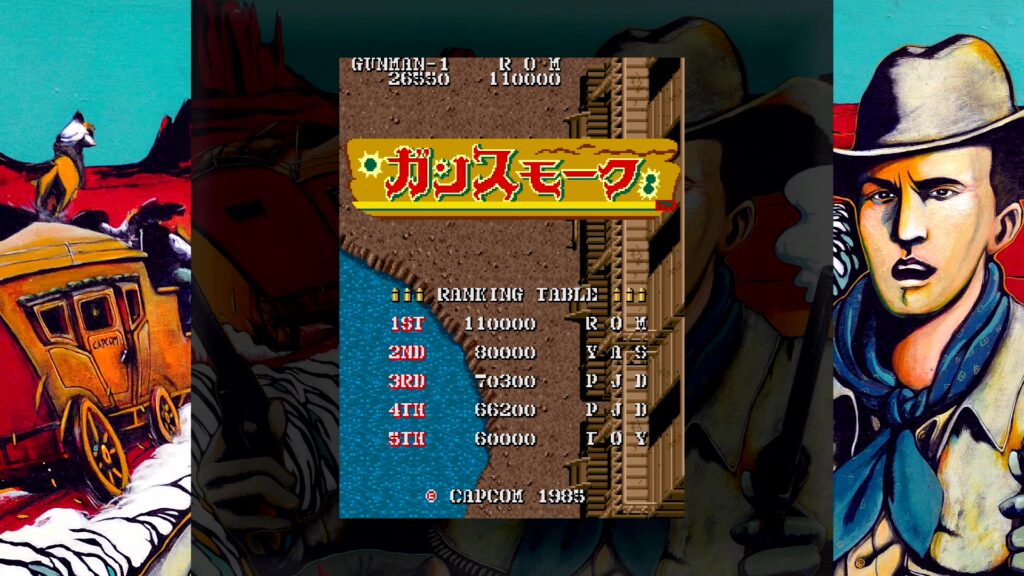
The game was subsequently rebranded Red Dead Revolver when it was announced by Capcom in March 2002, after which Okamoto stopped working with Capcom and the game was left in limbo until Rockstar acquired the full rights to the game, finished it off and released it for PS2 and original Xbox in 2004.
Anyway, while that’s all a very interesting story, it’s not directly relevant to Gun.Smoke itself, so let’s return to the point and take a closer look at this game, because it’s actually rather interesting.
Rather than being a simple vertical shooter in which the spaceship has been replaced with a human sprite, Gun.Smoke provides a distinctive twist on the genre by having three fire buttons: one to fire diagonally left and up the screen, one to fire straight ahead, and one to fire diagonally right and up the screen. There are also three additional shot patterns that can be triggered by pressing two buttons simultaneously: two differently angled diagonal shots, and a “split shot” that allows firing in both diagonal directions at once.
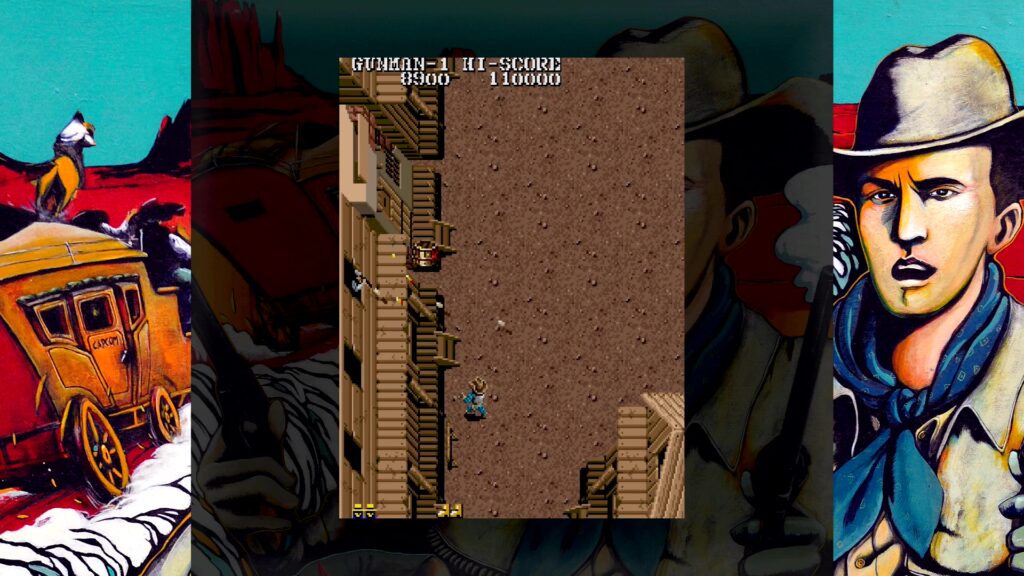
Gun.Smoke’s level design takes full advantage of these interesting mechanics by not only placing enemies directly in Billy Bob’s path, but also having them poke out of windows at the extremities of the screen. Since it’s impossible for Billy Bob to be directly in line with these enemies — he can’t walk through walls, obviously — you need to use the diagonal shots to take these foes out.
The ability to fire in different directions also opens up plenty of tactical possibilities for dodging incoming attacks. This remains important throughout the entire game, since all the enemy encounters are pre-scripted; more often than not, there’s an optimal place to be on screen to fend off the incoming enemies, and learning these patterns is crucial to long-term success in Gun.Smoke.
This is especially important during the game’s boss fights at the end of each stage, during which Billy Bob faces off against a wanted criminal and a swarm of henchmen. While most enemies go down in a single hit, the criminals take multiple shots to dispatch, requiring something of a shifting in your strategy. You’ll need to find a good rhythm where you dispatch enough henchmen to give you a reasonably clear shot at the boss, then hammer them with as many bullets as you can while avoiding their attacks. Not always easy!
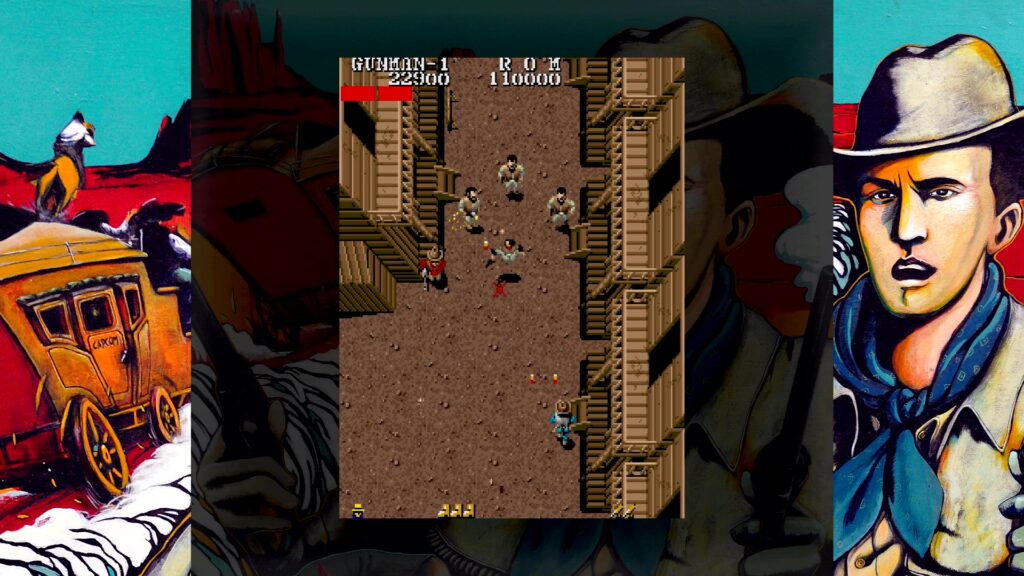
To help Billy Bob out in Gun.Smoke, there are numerous power-ups it’s possible to acquire, and in contrast to Okamoto’s other shoot ’em up titles such as the 194x series, these don’t dramatically change his shot patterns. Rather, they enhance his capabilities in various thematically appropriate ways; boots allow him to move faster, for example — because as we all know, putting on additional pairs of shoes makes you much more agile — while bullets increase the speed of his shots and rifles increase their range.
These power-ups persist to a certain extent; you lose one “level” from each with a lost life, but given that the game makes use of a checkpoint system rather than simply respawning Billy Bob where he fell, it’s often possible to immediately replenish your lost power. You do have to be a bit careful, though; cow skull items hidden in some of the game’s barrels actually cause Billy Bob to lose a level from all of his power-ups!
The nice thing about the power-up system in Gun.Smoke is that it side-steps a common problem with shoot ’em ups of the era, which is where if you don’t hold on to your power-ups, you end up completely screwed when the enemy patterns become more intense or you reach a boss. Because Billy Bob’s basic shot pattern is always the same, you can quite feasibly clear the game with no power-ups whatsoever — they simply make your life a little easier.
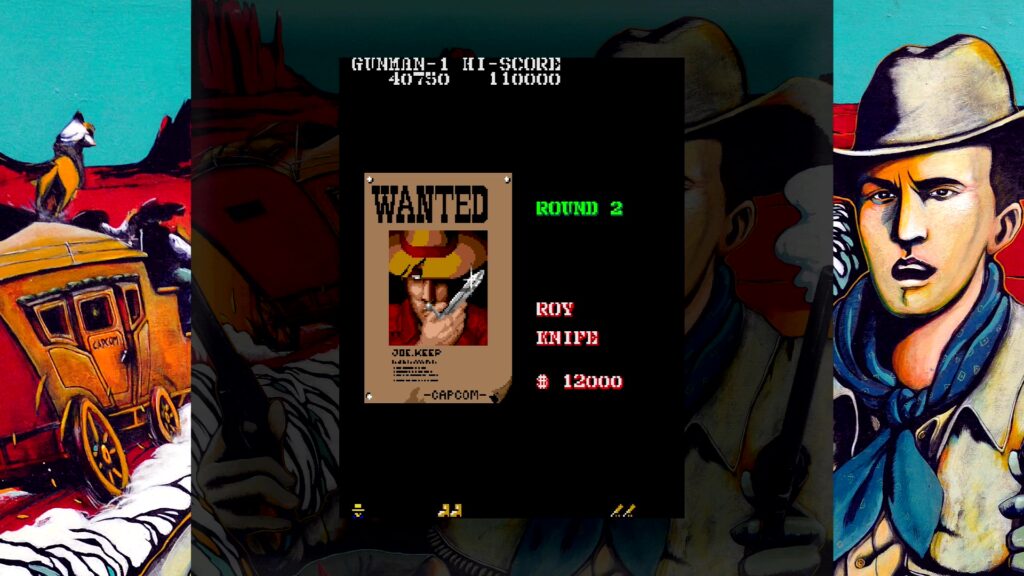
Gun.Smoke will likely be known to many ’80s gamers through its NES port, which actually added a bunch of features atop the arcade original to give it greater longevity and interest as a home game. For example, in the NES game, in order to confront the stage’s boss, you have to track down a wanted poster first — and you can also spend your score on additional weapons and other power-up items.
The version in Capcom Arcade 2nd Stadium is, of course, the original arcade version — and despite the fact it doesn’t have as many features as its NES port, it still remains a solid and enjoyable vertical scroller with a pleasingly distinct feel from many other titles of the era. It’s a game that was extremely popular on its original release with very good reason, and it holds up extremely well today.
Don’t expect an easy ride — this was an arcade game, after all — but take the time to learn Gun.Smoke’s distinctive mechanics and overall feel, and there’s a really rewarding shoot ’em up experience to be had here, for sure.
Capcom Arcade 2nd Stadium is available now for Nintendo Switch, PlayStation 4/5, Xbox hoojimaflips and PC via Steam.
Join The Discussion
Rice Digital Discord
Rice Digital Twitter
Rice Digital Facebook
Or write us a letter for the Rice Digital Friday Letters Page by clicking here!
Disclosure: Some links in this article may be affiliate links, which means we may earn a small commission if you make a purchase after clicking on them. This is at no additional cost to you and helps support Rice Digital!
- Letter from the Editor: passing the torch - June 30, 2023
- Super Woden GP 2 is looking promising - June 30, 2023
- Inti Creates is making a 32 bit-style Love Live action platformer - June 26, 2023







